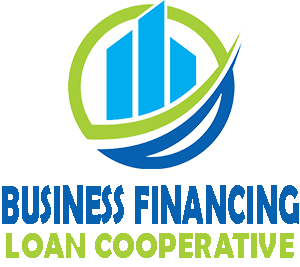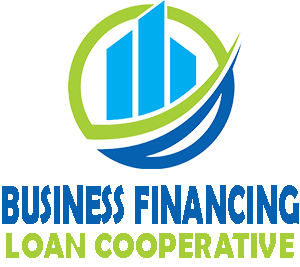Countless businesses have used a Small Business Administration (SBA) loan to get off the ground or expand upon the initial success. To improve your business’s chances of obtaining an SBA loan, follow the tips in this article.
Tip 1: Understand the Process
Keep in mind that an SBA loan doesn’t come directly from the SBA. Instead, the SBA works with lenders by backing loans they extend to small businesses. This means that the SBA makes small businesses more attractive to lenders, but the SBA functions more as an intermediary and source of insurance rather than a lender in itself.
Tip 2: Find the Right Lender and Loan
Another part of obtaining an SBA loan is researching the different loan packages that are available. The SBA’s Local Assistance page can be helpful in this regard, as can your area’s SBA district office. Additionally, you will need to find a lender that works with the SBA. That lender will take point when it comes to your loan application. The SBA provides a Lender Match tool for this purpose.
Tip 3: Strengthen Your Application
Like any financing option, an SBA loan’s availability will be affected by how strong your application is. You can make your application stronger by boosting your business’s credit outlook—that is, by making payments on time, maintaining healthy cash flow, and keeping your debt-to-worth ratio healthy. Additionally, your business should be up to date on all tax payments it owes.
You will also need specific paperwork to complete your application. For instance, the paperwork required for the most common type of SBA loan, the 7(a) loan, includes SBA Form 1919 (which provides information on the borrower to the lender), personal and business financial statements, income tax returns, resumes, and additional elements. You can see the full checklist here. Additionally, you will also want to have your up-to-date business plan on hand.
For coverage of many other business topics, check out Business Financing Loan’s other blog posts.







